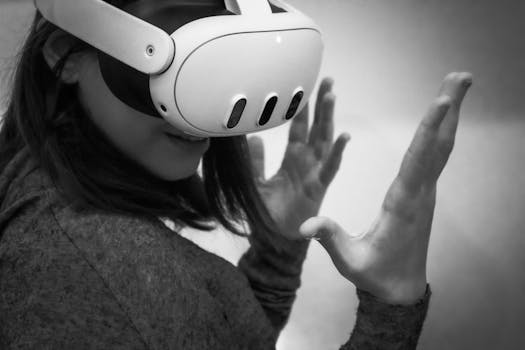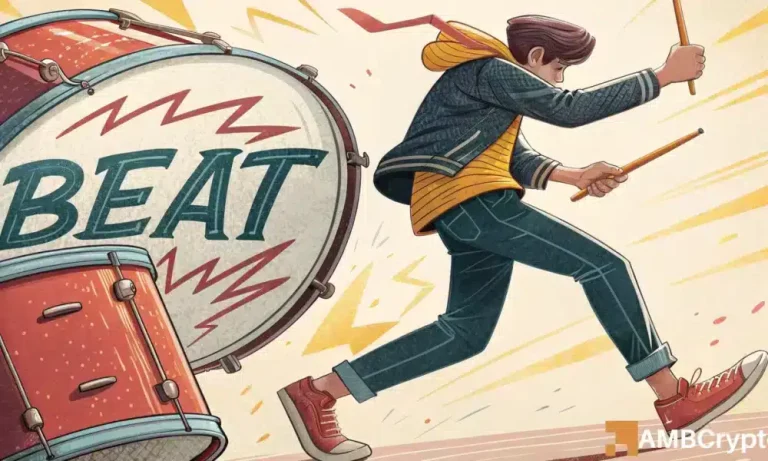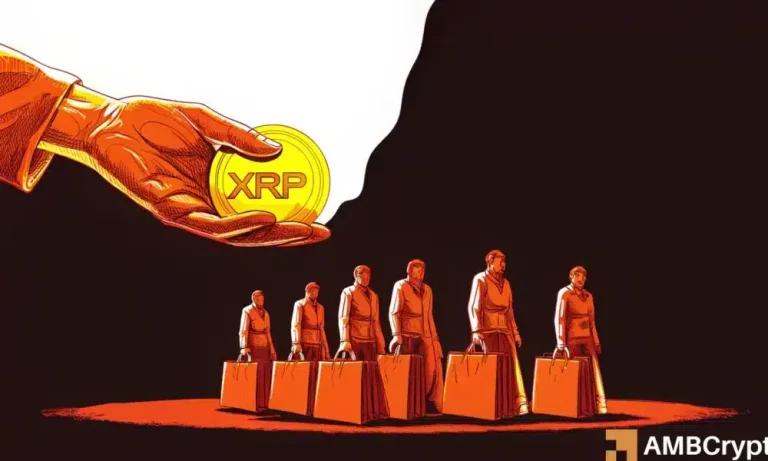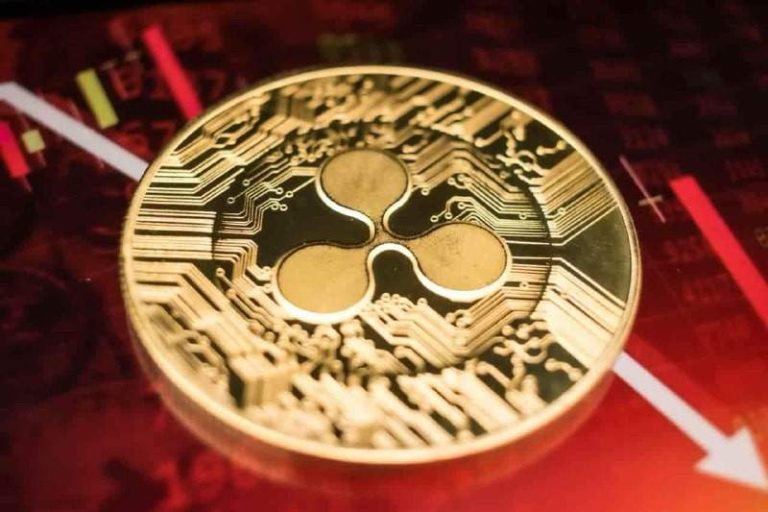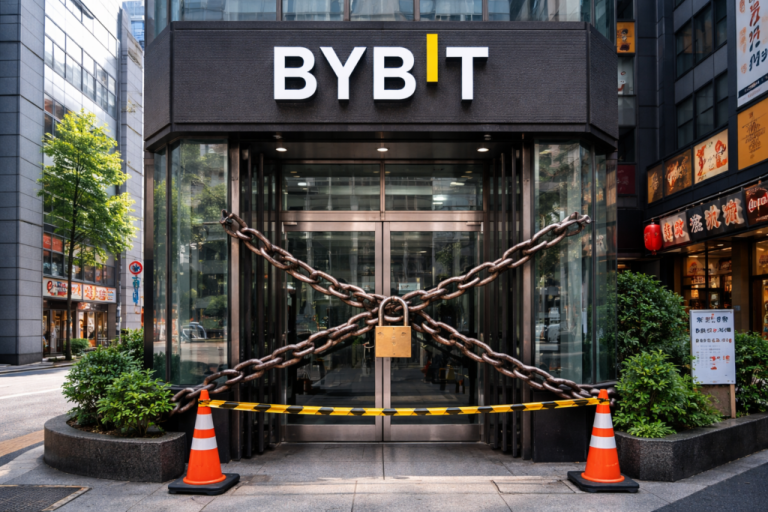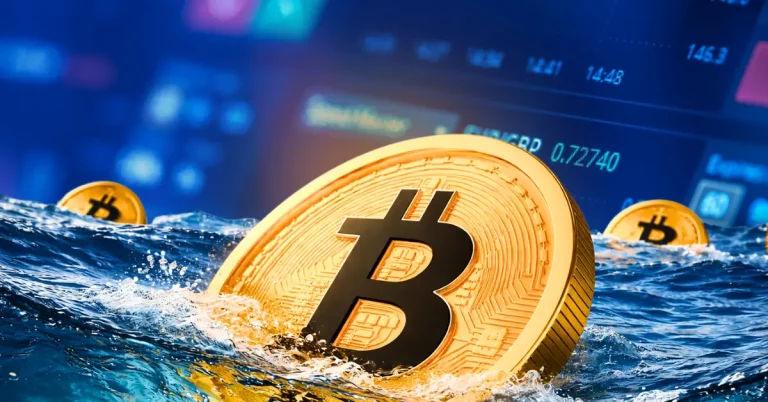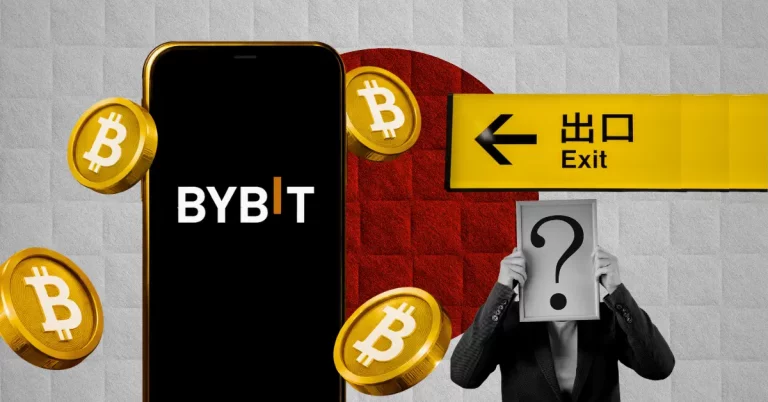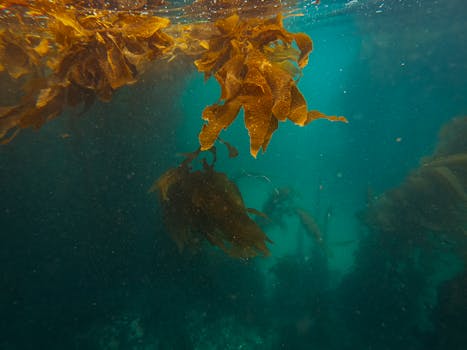
Exploring the Future of Expression: Virtual Reality Art Installations
Takeaways: Virtual reality (VR) art installations are revolutionizing the art world by creating immersive experiences that engage audiences in new and innovative ways. These installations blend technology and creativity, challenging traditional art forms and inviting viewers to participate in the artistic process. As the technology continues to evolve, the possibilities for VR art are limitless, opening doors to fresh expressions and deeper connections.
Virtual reality has emerged as a groundbreaking medium in the art world, providing artists with the tools to create immersive experiences that transcend traditional boundaries. Unlike conventional art forms, VR art installations allow viewers to step inside the artwork, interact with it, and even influence its outcome. This shift in how art is experienced has sparked a new wave of creativity, with artists exploring the potential of this technology to express complex ideas and emotions.
The Rise of Virtual Reality in Art
The integration of virtual reality into art installations began to gain traction in the early 2010s, coinciding with advancements in VR technology and accessibility. Artists like Marina Abramović and Olafur Eliasson began experimenting with VR as a medium, pushing the limits of what art could be. These early adopters laid the groundwork for a burgeoning movement that has since expanded to include a diverse range of creators.
Today, VR art installations can be found in galleries, museums, and art festivals around the world. These installations often blend various artistic disciplines, including visual arts, performance, sound design, and narrative storytelling, creating multi-sensory experiences that captivate audiences. The immersive nature of VR allows artists to challenge viewers’ perceptions and provoke thought in ways that traditional art forms may not achieve.
Key Features of Virtual Reality Art Installations
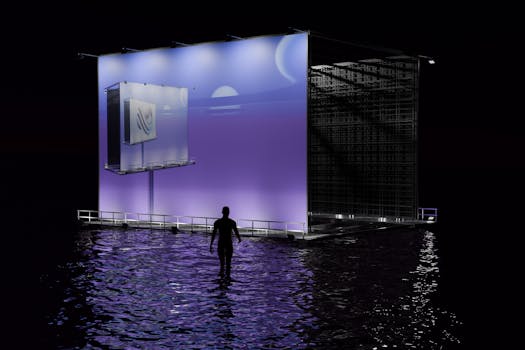
Additionally, VR art installations often utilize cutting-edge technology, such as 3D modeling, spatial audio, and haptic feedback, to enhance the viewer’s experience. Artists can create entirely new worlds that challenge the laws of physics and reality, offering unique narratives and emotional journeys. For instance, VR can transport viewers to fantastical landscapes or reimagine historical events, allowing them to experience stories in ways that were previously unimaginable.
Case Studies of Notable VR Art Installations
Several notable VR art installations have captured the public’s imagination and exemplified the potential of this medium. One such installation is Tree by the artist and designer, Joaquín Orellana. In this immersive experience, viewers are transported into a digital forest where they can interact with trees, listen to their stories, and understand the ecological importance of nature. This installation not only showcases the beauty of nature but also raises awareness about environmental issues.
Another remarkable example is Innocence by the renowned artist Marina Abramović. In this piece, viewers enter a virtual space where they can interact with the artist herself, experiencing a profound connection that transcends physical boundaries. Abramović’s work challenges the idea of presence and absence, urging viewers to reflect on their own experiences of connection and intimacy.
The Future of Virtual Reality Art Installations
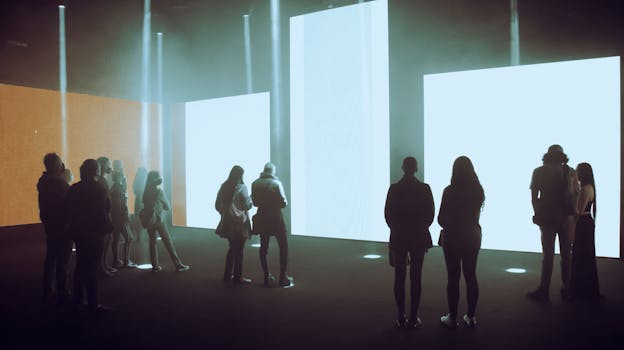
Moreover, as VR technology becomes more accessible to the general public, we can expect a rise in community-driven projects and collaborative installations. Artists will increasingly engage with their audiences, creating participatory art that reflects collective experiences and voices. This shift towards inclusivity and collaboration will redefine the role of both artist and viewer, fostering a deeper connection within the art community.
Conclusion
